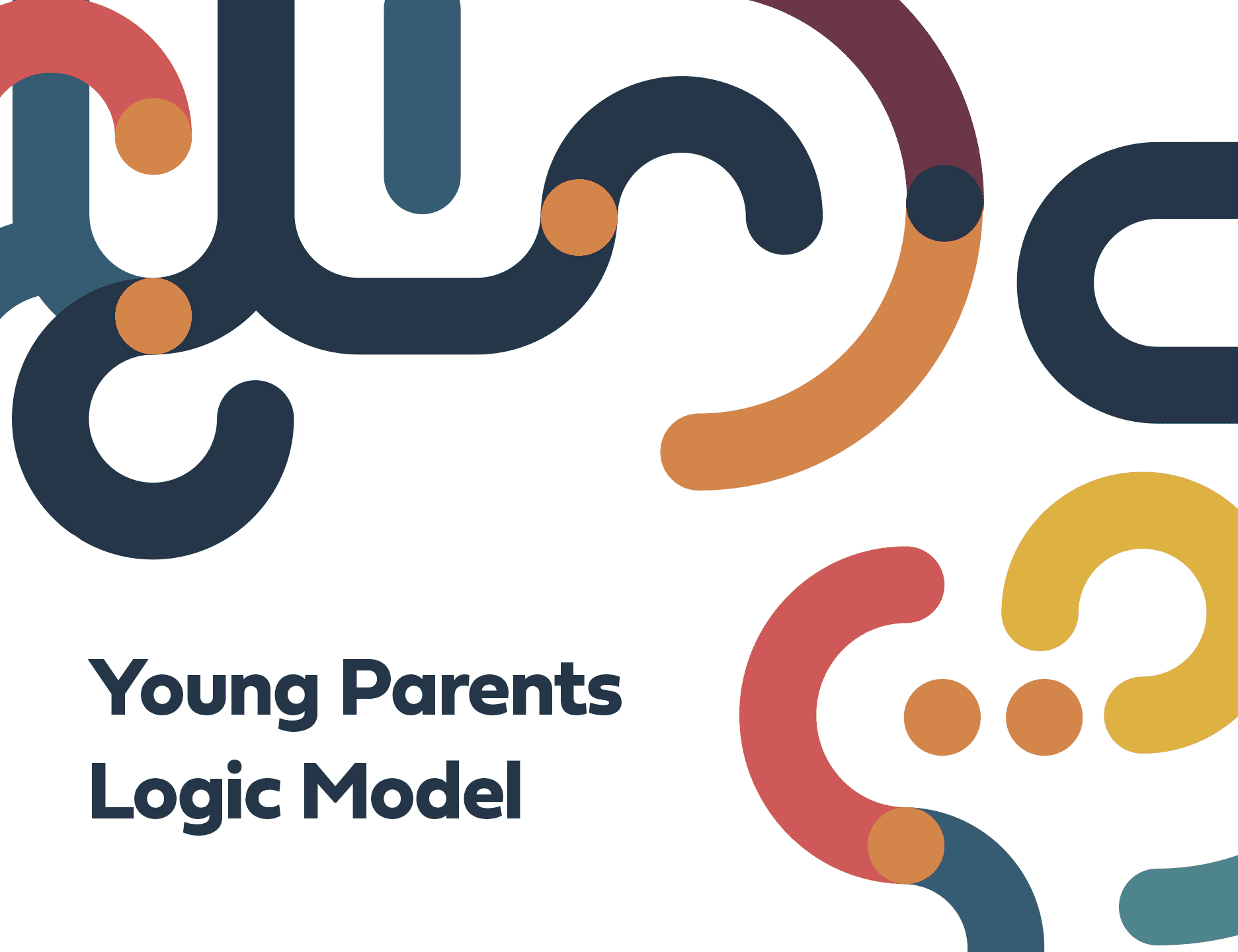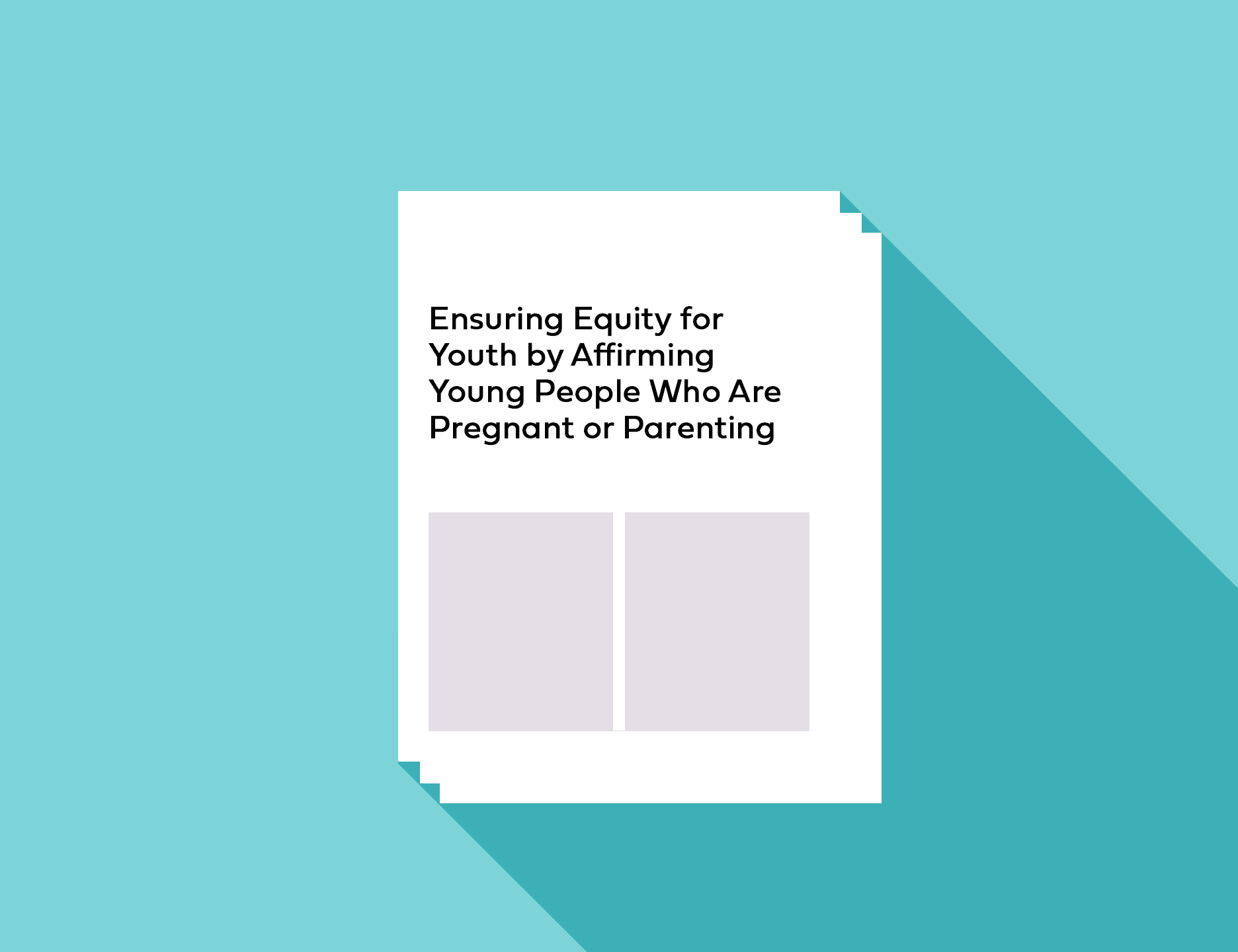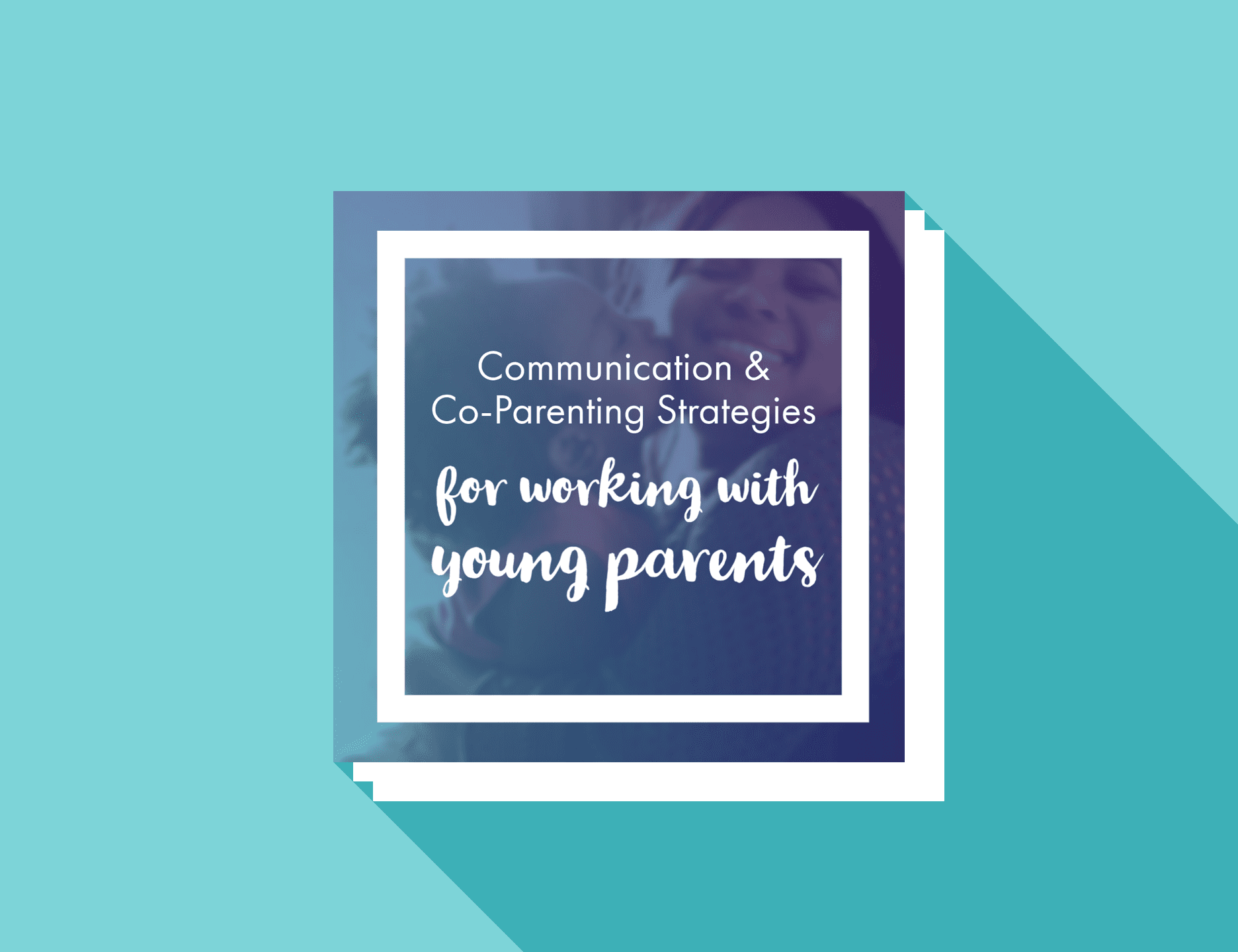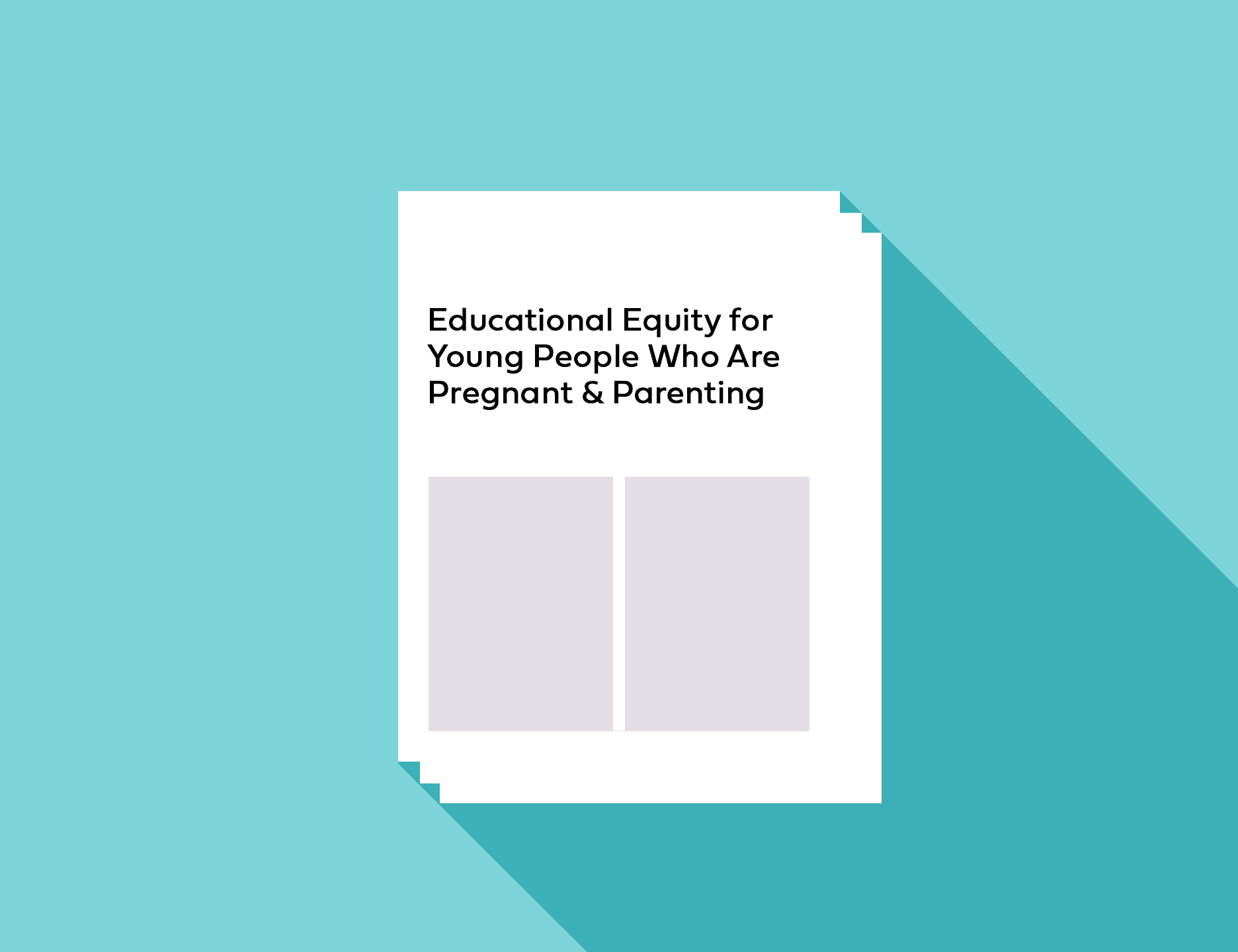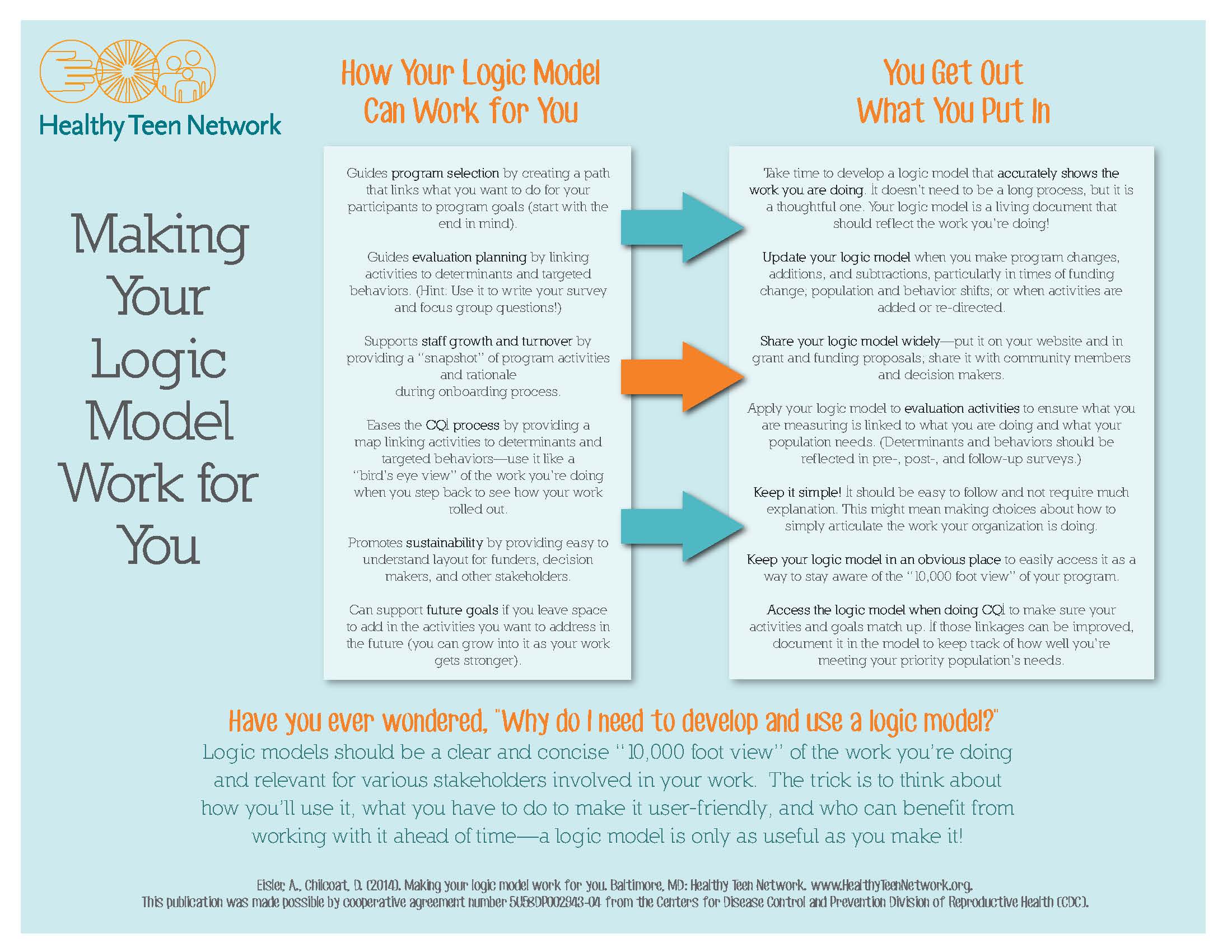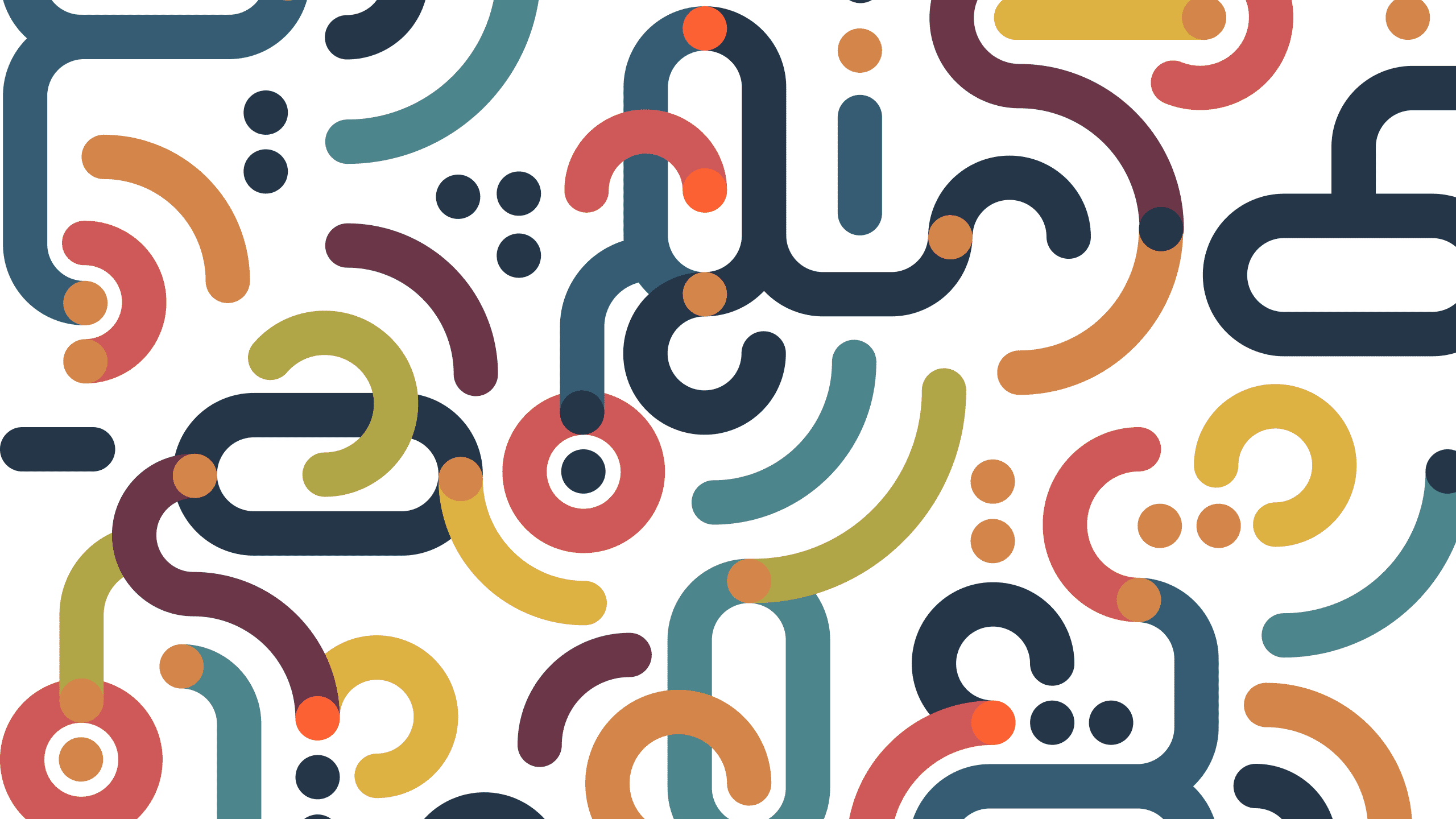
Featured Project
Young Parents Logic ModelYour tool to design and improve holistic programs and services to meet the unique needs of young parents.
Where We Started
Many programs have attempted to improve outcomes for young people who are pregnant or parenting, but only a handful of programs have the “gold-star rating” to be considered evidence-based. Though we lack an extensive library evidence-based programs for this population, we can still use evidence-based approaches (such as using a logic model).
But it’s about more than just the evidence (as important as we know that is). It’s about equity.
Ensuring equity for youth by affirming young people who are pregnant or parenting is an important part of a culture shift: we must support investment in the development and research of programs and services to meet this population’s unique needs. With support and resources, young parents and their children can thrive.
With all this in mind, in 2008, we developed the original version of this tool (the Logic Model for Young Families Resource Kit). After more than a decade of use in the field, it was time for an update.
This time, we wanted to make sure to encourage a holistic approach that considers the many factors (i.e., the social determinants of health) that make a difference in the health and well-being outcomes for young parents and their children.
What It Is
The Young Parents Logic Model can be used as a starting point to help an organization create a logic model for their programs and services.
A logic model is a systematic and concise way of visually presenting the relationships among the resources you have to operate your program, the activities you plan, and the changes or results you hope to achieve.
In other words, a logic model is a road map of your program. It’s a simple and straightforward way to explain how (and why) your program works.
Adaptations of the Young Parents Logic Model are not only encouraged, but expected.
No one agency could realistically address all the goals, behaviors, and determinants identified in this tool. That’s why we say this tool is a starting point: you make it your own by identifying the goals, behaviors, and determinants that reflect your program, services, community, cultural context, and young people.
Why It Matters
We know it’s complicated and just, well, big. Young parents have a wide range of needs, and the lasting effects of programs and services for this population could be greater if we address their needs in a holistic manner.
The Young Parents Logic Model considers the range of factors at the societal, community, and relationship levels that can influence individual behaviors, based on the social-ecological model. By taking in the big picture and using a holistic approach, an agency can also choose to address factors beyond an individual’s control (such as access to safe, reliable, and affordable transportation). Addressing factors such as these can make a big difference in outcomes, supporting and empowering young families to thrive.
What We Found
The original version of this logic model has been used to help many organizations design, improve, and evaluate their programs and services. The U.S. Department of Health and Human Services (HHS) has repeatedly directed its grantees working with young parents, such as Pregnancy Assistance Fund (PAF) project partners, to use our logic model as a way to incorporate the social determinants of health and infuse evidence-based approaches into their projects.
Logic models are a way to promote long-term sustainability.
A logic model can help stakeholders and others involved understand how investing time and resources can contribute to achieving the intended goals and outcomes. You can strengthen the case for investment in your programs and services. Logic models are a way to promote long-term sustainability.
What They Said
In the tool, we share two detailed examples of how organizations used the Young Parents Logic Model to design and improve their programs.
The most challenging aspect of using a holistic approach can often be the daunting number of factors that must be addressed. In one example we share, the organization approached its services with the understanding that supporting young mothers is not something that a single organization can address. So, they looked at the diverse range of needs, and they worked with community partners to make sure their young people got the necessary services. With this approach, they were able to offer even more services—often what might be considered beyond a traditional program’s scope. As a result, this organization saw a profound impact on their goal of improving childbirth outcomes.
What’s Next
Make it your own! As we said, adaptations of the Young Parents Logic Model are not only encouraged, but expected. It’s important to “make it your own”: your logic model and its goals, behaviors, and determinants should reflect the needs of your project, community, and young people.
But we know that a lot of work goes into “making it your own.” We’ve worked with many organizations over the years to design and improve their programs and services, and we are ready to help you make this holistic approach your organization
We continue to welcome feedback about the Young Parents Logic Model. We’d love to hear your comments, as well as more about how you may have adapted the logic model for your work.
Our Experts
Like what you see? We'd love to partner with you on a similar project! Let us know how we can help.

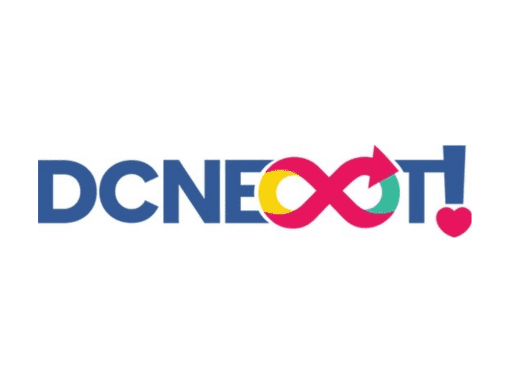
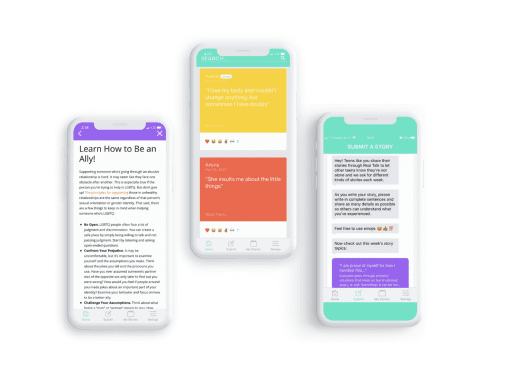

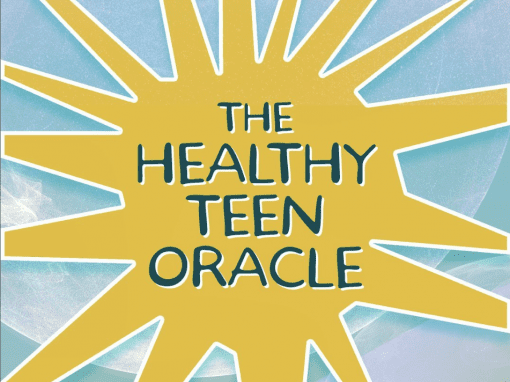
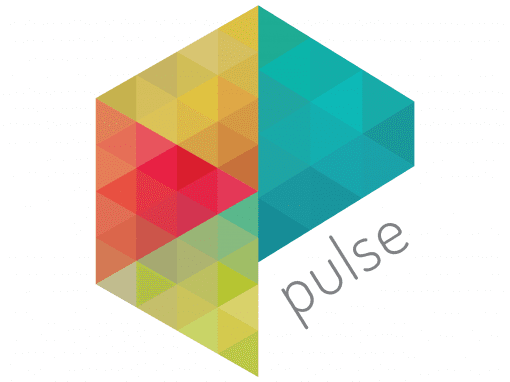
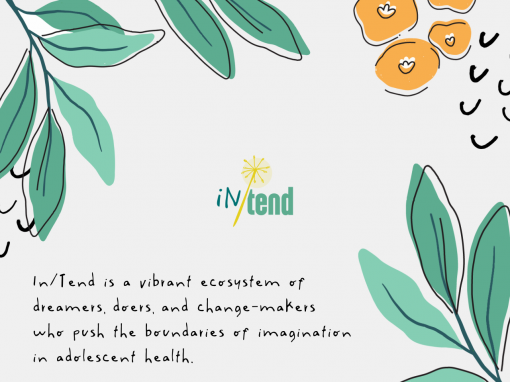
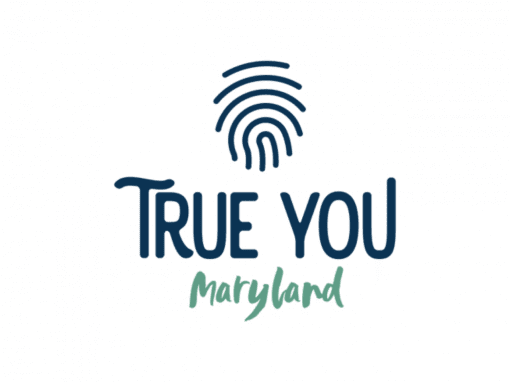
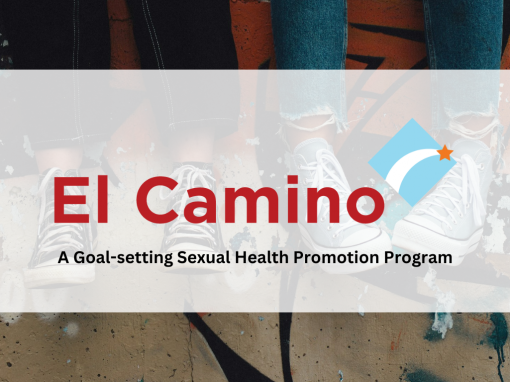

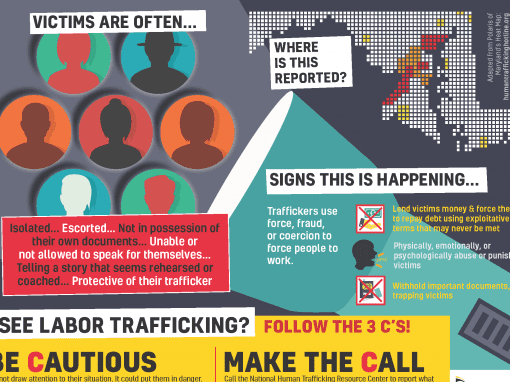

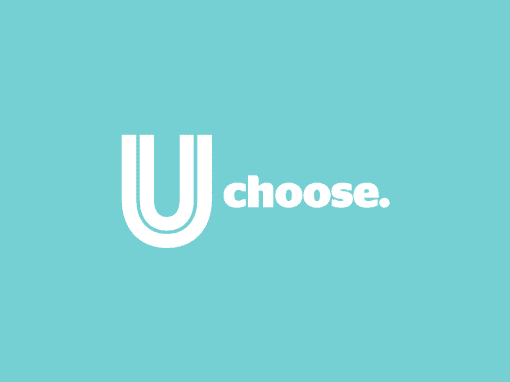
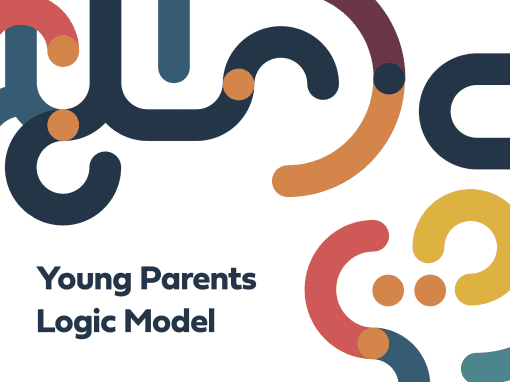
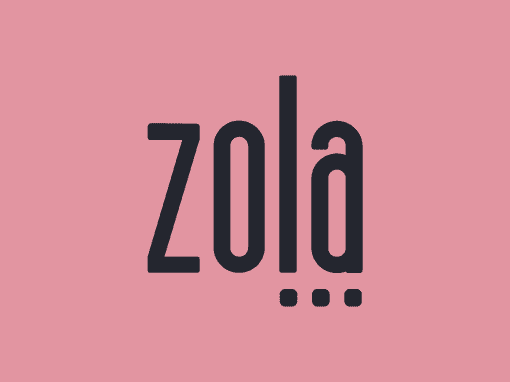

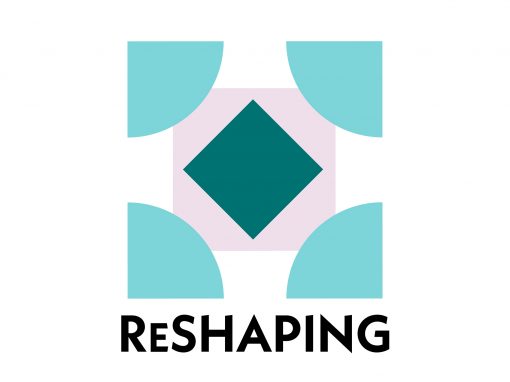
Discover the magic of the Network.

